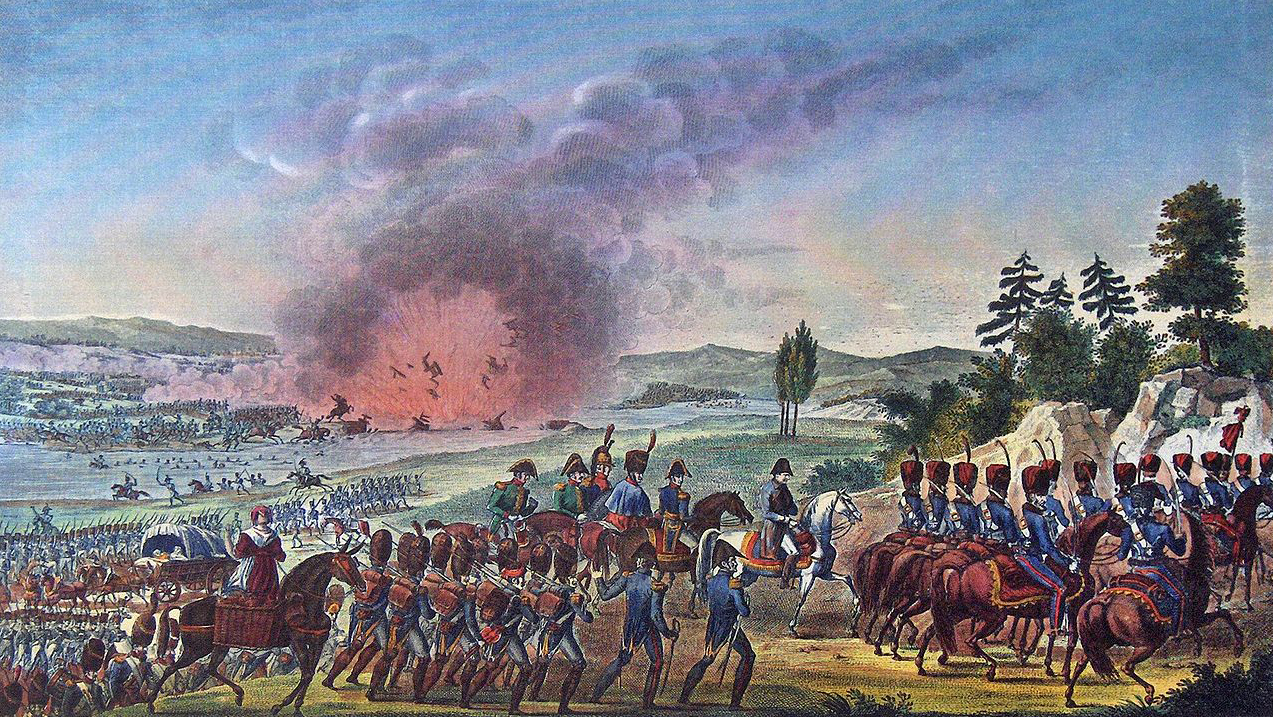
“Whether running the triage for incoming wounded, scrubbing up for the OR, holding the hand of a dying GI, or even rolling up their own sleves when blood supplies were short, their workloads never lightened.”
By Mike Weedall
IT WAS JUNE 25, 1950 when North Korean troops streamed across the 38th Parallel into South Korea. Local forces, including a number of U.S. troops, resisted the onslaught but were soon forced into retreat. President Truman declared a national emergency and rushed in reinforcements from Japan. Slowly, U.S. military forces and equipment were deployed along the Pusan Perimeter to stop the North Korean onslaught. It was just in time – the communists were just 50 miles short of capturing the entire Korean Peninsula. A grinding war of attrition ensued. Casualties began to pile up.

Fortunately, the U.S. Army had learned valuable lessons about treating wounded during the Second World War. These would soon pay off in Korea.
In the last six months of fighting in the European theater, an American army surgeon by the name of Dr. Michael DeBakey was part of the effort to place emergency surgical units as close to the front lines as possible. Treating casualties within minutes of their evacuation from the battlefield had been demonstrated as crucial to saving lives. This was the birth of MASH (‘Mobile Auxiliary Surgical Hospitals’ or ‘Mobile Army Surgical Hospitals’). The results were immediate and dramatic—a 30 per cent reduction in fatalities.
However, after years of peace and post-WWII demobilization, the U.S. Army had few medical units or the experienced staff to run them. Those that were available suddenly found themselves on the frontlines in Korea treating wave after wave of shot up casualties, often under the most primitive of conditions.
Joining the surgeons and corpsmen in these early harrowing months was a brigade of U.S. Army nurses.

It’s widely believed that women were barred from the battlefield until fairly recently. This is untrue. In 1950 Korea, female nurses served right on the frontlines where they tended to the wounded and helped evacuate casualties. In fact, until U.S. Army regulations changed in 1956 enabling men to perform nursing duties, American military nurses were all women. And the work was as gruelling as it was dangerous.
Amid the seemingly never-ending streams of casualties, it was not unusual for surgical teams to work 24-hour shifts, with individual operations averaging about 20 minutes. This was the real MASH.
When imagining Korean War field hospitals today, it’s almost impossible not to think of the doctors and nurses of television’s fictional M*A*S*H trading quips in the OR. Indeed, the famous television sitcom, which ran in primetime almost four times longer than the Korean War itself and has lived on in reruns for more than 50 years, has become a cultural touchstone.

But of course, war is no sitcom. Despite being a comedy, the series often sought to portray the realities faced by the staff of real-life MASH units. But in those actual wartime hospitals, in the mud, operating under hand lanterns in temperatures that might dip to 30 degrees below zero, any humour would have been gallows humor.
In a typical 90-person MASH unit, 18 nurses performed a gamut of medical duties short of actual surgery. Whether running the triage for incoming wounded, scrubbing up for the OR, holding the hand of a dying GI, or even rolling up their own selves when blood supplies were short, their workloads never lightened.
Nurses could also expect to take on even more vital roles in emergencies, too. For example, one might stand in as an anesthesiologist in a pinch or suture a patient closed after surgery to free up a doctor to take the next case.

Between onslaughts and when off-duty, she might grab some sleep back in her dirt floor tent, write home by the light of a kerosene lamp or dream of an actual hot shower. Often nurses would opt to wash their blood-splattered fatigues in their helmet to save precious water for the patients.
More than 1,500 nurses served in Korea, most often in extreme conditions. Facing the worst war had to offer, these women performed without fanfare. Forced to take on duties normally reserved for doctors, they even helped modern medicine evolve.
They redefined not only what the U.S. Army Medical Corps could expect from frontline nurses but the wider medical profession itself. Classifications like Physician Assistants and Nurse Practitioners are a direct result of what those women pioneered.
The series MASH offered America a glimpse, albeit a fictional one, into the extremes experienced by U.S. Army military medical units in the Korean War. On television as in real life, it was the nurses who helped field hospitals save lives. For the women who served in these roles, what they courageously and selflessly accomplished has never been adequately recognized.
 Mike Weedall is the author of War Angel: Korea 1950, a novel about army nurses during the Korean War. For more information visit MikeWeedallAuthor.com.
Mike Weedall is the author of War Angel: Korea 1950, a novel about army nurses during the Korean War. For more information visit MikeWeedallAuthor.com.










1 thought on “The Nurses of MASH — Meet the Real Women Behind The Characters From the Iconic Korean War TV Series”